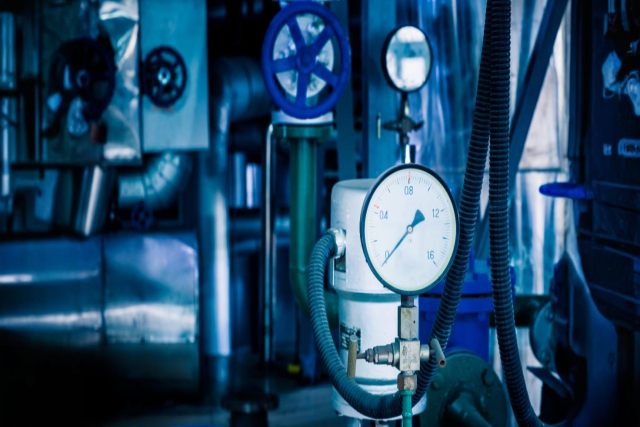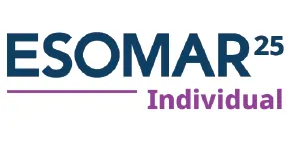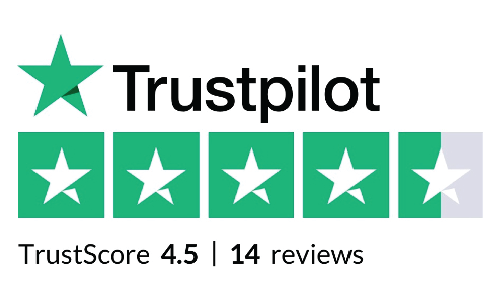
Water-measured technology has made significant advances in recent years, by changing how tools are controlled and water use is monitored. With the use of advanced measurement solutions, the water industry is now equipped with equipment that provides increased efficiency, accuracy and insight into real time. As the global demand for water increases and resources are rare, it is necessary to take advantage of state-of-the-art water-metered technology to control this precious resource more efficiently.
Water-Metered Technology: A Tools Games Exchange
Changes in digital water meters represent one of the most influential innovations in utility management. Unlike traditional mechanical meters, digital water meters provide accurate, real-time data, allowing for better tracking of water consumption patterns. By leveraging Internet of Things (IoT) connectivity, these meters can automatically transfer usage data to a central system, eliminating the need for manual readings. This not only reduces human errors but also accelerates the tracking process, enhancing overall service distribution and efficiency. Innovation and advancement in the water meter market has seen these digital meters evolve with even more advanced features, such as remote diagnostics, predictive analytics, and seamless integration with smart city infrastructures. These advancements are transforming the way utilities manage resources, making water distribution more efficient, transparent, and responsive to consumer needs.
IoT Water Meters: Empowering Remote Monitoring
One of the most significant developments in water meter technology is the integration of IoT (Internet of Things) into water meters. IoT-enabled water meters are equipped with sensors and communication technologies that allow for remote monitoring of water usage. These meters transmit real-time data back to utility companies, enabling them to detect issues such as leaks, irregular consumption, or system failures almost immediately. This capability significantly reduces the time required for repairs and maintenance, allowing utilities to address problems proactively before they escalate. In addition, IoT-activated meters provide valuable data that helps optimize the distribution of water by identifying inefficiencies, waste, or faults in the network. With ongoing advancements in the water meter market, the focus on maintenance has shifted toward more predictive and automated solutions. This ensures more reliable and efficient operations, reducing costs, improving service delivery, and enhancing resource management across water utilities.
Smart Water Meters: Unlock New Efficiency Levels
Smart water meters represent the next generation of measurement technology, offering advanced features that go beyond simple consumption tracking. These meters not only provide accurate measurements but are also integrated with digital platforms that deliver detailed analysis and reporting. Water utilities can leverage this data to assess trends, predict future water demands, and adapt their operations accordingly. The ability to access real-time information allows water suppliers to implement dynamic value models, adjust water tariffs based on demand, and encourage conservation efforts among consumers. As the water meter market continues to evolve, a comprehensive guide to smart water meters helps users navigate the various technologies and solutions available, ensuring that they choose the right system to optimize water management, reduce waste, and enhance sustainability efforts.
Automatic Reading of Water Meters: Streamlined Operations
Automatic water meter reading (AMR) is another transformative feature that is capable of modern water meter technology. The AMR system automates the process of collecting meter readings and eliminates the manual inspection requirement. It not only reduces labor costs, but also improves accuracy and actuality. With automated on-site systems, tools can collect data consumed at more frequent intervals, which in turn allows for better monitoring and rapid identity of nonconformities such as leaks or meter errors. This automation also ensures that Challan with a low possibility of errors in data registration is more accurate.
According to Coherent Market Insights (CMI), the global Water Meter Industry size is set to reach US$32,271.5 billion in 2032. Global Water Meter Industry will likely increase at a CAGR of 5.7% during the forecast period.
Advanced Water Meter Solutions: Data Analysis by Origin
The power of advanced water-measured technology lies in the data it collects. With water meter data analysis, how the water is used throughout the areas in tools, it can gain valuable insight into it. This insight makes it possible to make better decisions in the plan for resource allocation and infrastructure. By analyzing the usage patterns, the demand for tools can predict spikes, identify wasted hotspots, and plan more efficiently for the maintenance program. With this data-driven approach, water tools can make smarter, more informed decisions that eventually reduce better service and operating costs.
Digital Water Meters: Future-Proofing Utility Management
Digital water meters are becoming increasingly popular in water tools due to better accuracy and efficiency. Unlike traditional mechanical meters, digital meters have no moving parts, reducing the ability to wear, ensure a longer life. These meters also provide accurate readings that are easy to interpret and integrate into the digital system. As the demand for water increases globally, digital meters are required to effectively consume and ensure the permanent use of water resources.
Monitoring External Water Meters: Secure Continuous Supervision
Monitoring of external water meter is another success that is capable of the next gene water meter. With these meters, tools can trace continuous water use without the need to move to each meter. This technique is especially useful in large cities or rural areas where access to meters can be challenging. By providing the tools the opportunity to monitor water consumption externally, distance monitoring ensures that problems such as leaks or unauthorized use can be detected in real time, which can lead to rapid reactions and little wasted water.
Water Meter Innovation: Redefining Utility Services
Water meter technology continues to evolve, with innovations that are redefining utility services. From IoT-enabled sensors to advanced data analytics, these innovations allow for greater transparency, efficiency, and sustainability in water management. By embracing these technologies, utilities can better manage their resources, reduce waste, and provide more accurate billing. As the water demand continues to grow, the role of advanced water meter technology will only become more critical in ensuring a sustainable future for global water supply systems.
Source
Government Agency: U.S. Department of Energy, Pacific Northwest National Laboratory
Government Agency: Department of Natural Resources






